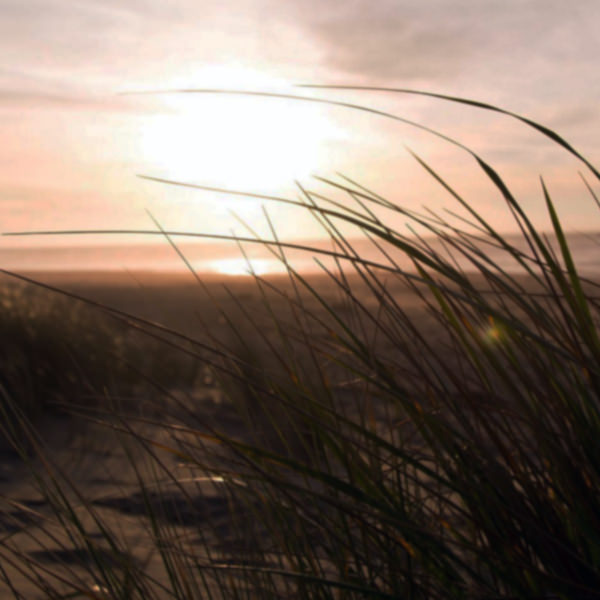By Michele S. Byers
Many of us head straight to New England for spectacular fall foliage, but why not stay home, tour New Jersey’s forests and save time and gas? Some of the best places to hike and enjoy fall leaves are New Jersey’s natural areas.
New Jersey’s natural areas are specially designated public lands that have high-quality habitat for rare plants and animals. Launched by the Natural Areas Act of 1961, the state’s system of natural areas was created to provide strong protections for ecologically significant lands hosting a “Noah’s Ark” of species.
New Jersey has 44 of them, most located within state parks and forests. Here are 10 great natural areas to visit to see fall foliage, take a hike and appreciate our state’s incredible diversity at the same time:
• Bearfort Mountain Natural Area, Passaic County. Located in Wawayanda State Park, this natural area includes forests with swamp hardwoods, hemlocks and oaks. With its 360-degree view of the surrounding Highlands, Bearfort is also great for watching endangered red-shouldered hawks.
• Cape May Point Natural Area, Cape May County. With its shrub and vine covered dunes, this natural area has a subtle beauty in autumn. Trails lead visitors through various pond, coastal dune, marsh and forest habitats. As a bonus, spectacular fall migratory birds can be viewed from observation platforms.
• Cheesequake Natural Area, Middlesex County. Cheesequake State Park straddles the Garden State Parkway and its natural area’s terrain ranges from coastal salt marsh to rolling upland forest. The vegetation changes with elevation and can be admired from several trails.
• Dryden Kuser Natural Area, Sussex County. Located within High Point State Park, this natural area is named for Colonel Anthony Kuser and his wife, Susie Dryden Kuser, who donated the land at New Jersey’s highest point. The natural area’s Atlantic white cedar swamp grows at 1,500 feet above sea level, making it the highest elevation swamp of its kind in the world.
• Farny Natural Area, Morris County. This Highlands natural area, located in Farny State Park, is crossed by many trails and is adjacent to Splitrock Reservoir. Majestic red, white and black oaks dominate the forest canopy and provide habitat for red-shouldered hawks and barred owls.
• Hacklebarney Natural Area, Morris County. Several trails take visitors through this diverse and rugged forest which is traversed by the Black River and its tributaries. The landscape includes steep ravines along the river, mixed oak-hardwood forest and young woodlands which together support a variety of state endangered and threatened species.
• Parvin Natural Area, Salem County. At the edge of the Pine Barrens, this natural area includes trails through hardwood and Atlantic white cedar swamps, pitch pine lowlands and upland pine and oak forest. The forest is home to barred owls and endangered swamp pinks.
• Rancocas Natural Area, Burlington County. This natural area in Rancocas State Park includes a diversity of landscapes and is home to numerous bird and animal species. Trails lead hikers along the North Branch of the Rancocas Creek and a large tidal marsh, and through upland and lowland hardwood forests. Be sure to check out the self-guided interpretive trail.
• Sunfish Pond Natural Area, Warren County. This glacial lake, surrounded by forest, is one of New Jersey’s most beautiful and impressive spots. Seeing Sunfish Pond decked out in fall colors is well worth the steep and rocky climb along the Appalachian Trail through Worthington State Forest.
• Washington Crossing Natural Area, Mercer and Hunterdon counties. Located near the Delaware River within Washington Crossing State Park, this natural area has trails leading visitors from the Nature Center through a mature mixed oak-hardwood forest, young woodlands and successional fields. The area includes a nature blind for watching birds, deer and other animals.
So this fall, why not stay in your home state and enjoy a hike in one of New Jersey’s fabulous natural areas?
To learn more about natural areas, visit the state Division of Parks and Forestry’s webpage at www.state.nj.us/dep/ parksandforests/natural/ natareas.html. For links to individual parks, go to www.state.nj.us/dep/ parksandforests/parks/ parkindex.html.
Michele S. Byers is the executive director of the New Jersey Conservation Foundation, Far Hills.

